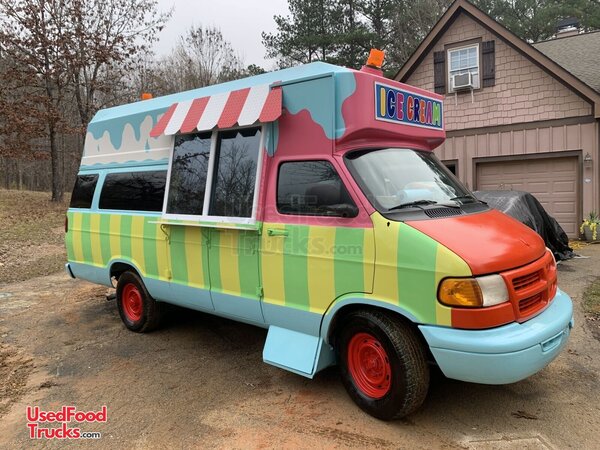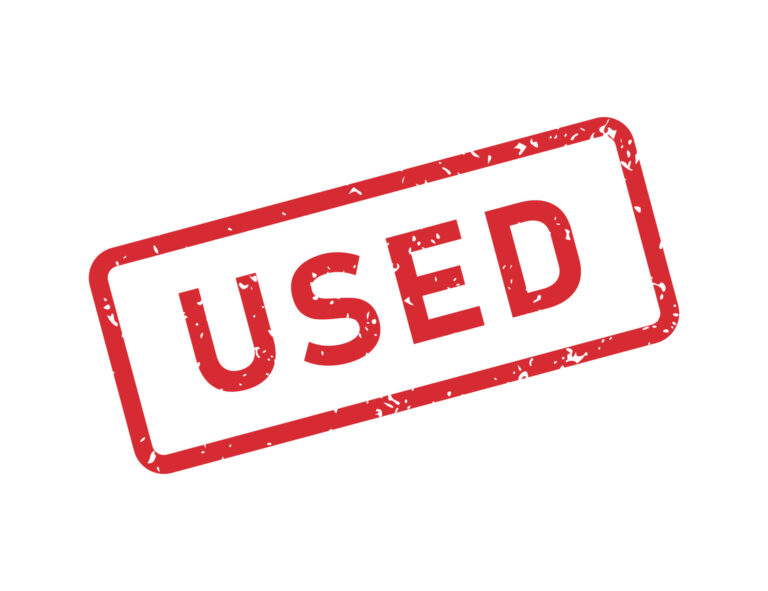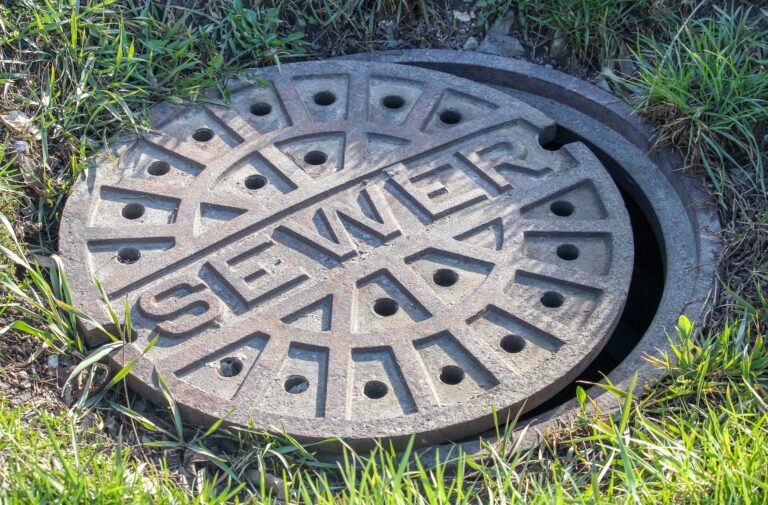U-Haul Car Hauler: Your Comprehensive Guide to Safe and Efficient Vehicle Transport
U-Haul Car Hauler: Your Comprehensive Guide to Safe and Efficient Vehicle Transport cars.truckstrend.com
Moving across town or across the country often involves more than just household items; for many, it means transporting their beloved vehicle as well. While professional auto transport services are an option, the U-Haul Car Hauler stands out as a highly popular, cost-effective, and empowering solution for individuals looking to take control of their vehicle’s journey. Designed to securely transport a wide range of cars, SUVs, and light trucks, the U-Haul Car Hauler provides the means for a seamless, do-it-yourself vehicle relocation, saving both money and wear-and-tear on your prized possession. This comprehensive guide will delve into every aspect of the U-Haul Car Hauler, from its features and benefits to practical advice for a smooth and safe towing experience.
Understanding the U-Haul Car Hauler: Features and Specifications
U-Haul Car Hauler: Your Comprehensive Guide to Safe and Efficient Vehicle Transport
The U-Haul Car Hauler is a full-size, tandem-axle auto transport trailer engineered for stability and ease of use. Unlike a tow dolly that lifts only the front wheels, the car hauler lifts all four wheels of the transported vehicle off the ground, ensuring complete protection from road debris, mileage accumulation, and suspension wear during transit.
Key features and specifications typically include:
- Integrated Ramps: Two sturdy, pull-out ramps at the rear of the trailer allow for easy loading and unloading of the vehicle.
- Adjustable Wheel Straps: These heavy-duty, integrated straps secure the vehicle by its tires, providing a firm, non-damaging hold.
- Hydraulic Surge Brakes: The trailer is equipped with a braking system that activates automatically when the tow vehicle slows down, significantly improving stopping power and safety.
- Security Chains: Additional chains ensure the tow vehicle and trailer remain connected even in unforeseen circumstances.
- Lighting Connection: A standard 4-flat electrical connector ensures the trailer’s brake lights, turn signals, and running lights synchronize with the tow vehicle.
- Weight Capacity: While specific models may vary slightly, U-Haul Car Haulers are generally designed to transport vehicles weighing up to 5,290 lbs. (2,400 kg). It’s crucial to verify your vehicle’s curb weight against this limit.
- Dimensions: These trailers accommodate vehicles with a maximum wheelbase of 133 inches, a maximum tread width of 79.25 inches, and a minimum tread width of 42 inches. This broad range covers most standard passenger cars, SUVs, and smaller trucks.

Understanding these features is the first step in appreciating the engineering and safety considerations that go into the U-Haul Car Hauler, making it a reliable choice for vehicle transport.
The Unquestionable Benefits of Using a U-Haul Car Hauler

Opting for a U-Haul Car Hauler offers a multitude of advantages that cater to both practicality and peace of mind:
- Vehicle Protection: By keeping all four wheels off the ground, your towed vehicle avoids accumulating miles, road wear and tear, and potential damage from road hazards. This is particularly beneficial for classic cars, luxury vehicles, or simply extending the lifespan of your daily driver.
- Enhanced Safety: The car hauler’s design, including hydraulic surge brakes and robust tie-down systems, significantly enhances safety compared to other towing methods. The tandem axles provide greater stability, reducing sway and improving handling.
- Convenience and Availability: U-Haul has an extensive network of locations, making it easy to pick up and drop off a car hauler almost anywhere in North America. This widespread availability is a major plus for one-way moves.
- Cost-Effectiveness: Compared to professional auto transport services, renting a U-Haul Car Hauler is often a more budget-friendly option, especially for DIY movers who are already renting a U-Haul truck or have a capable personal tow vehicle.
- Versatility: The U-Haul Car Hauler can accommodate a wide variety of vehicles, from compact cars to full-size sedans, most SUVs, and even light trucks, provided they meet the weight and dimension requirements. This flexibility makes it a go-to choice for diverse transport needs.
- Control Over Your Move: For those who prefer to be in charge of their belongings, towing your own vehicle provides a sense of control and ensures your vehicle arrives exactly when and where you need it.

These benefits underscore why the U-Haul Car Hauler is such a popular choice for personal vehicle transportation.
Preparing for Your Haul: Essential Considerations
Before you embark on your journey with a U-Haul Car Hauler, meticulous planning and understanding crucial considerations are paramount for safety and success.
- Tow Vehicle Compatibility: This is the most critical factor. U-Haul has strict guidelines for the tow vehicle, and for good reason. Your tow vehicle must meet specific requirements, including:
- Curb Weight: It must weigh at least 750 lbs. more than the vehicle being towed, or have a minimum curb weight of 4,500 lbs.
- Braking System: Must have working lights and brakes.
- Hitch System: A 2-inch hitch ball and a Class III (or higher) hitch are required.
- Electrical Connection: A 4-way flat light connector is needed for trailer lights.
- Frame: U-Haul generally restricts certain unibody SUVs or vehicles with short wheelbases from towing car haulers due to stability concerns. Always use U-Haul’s online reservation system or consult with a U-Haul representative to confirm your tow vehicle’s eligibility.
- Weight Distribution: Proper loading is key. The towed vehicle should be centered on the car hauler to ensure balanced weight distribution. Incorrect loading can lead to dangerous trailer sway, reduced steering control, and increased stopping distances.
- Pre-Trip Inspection: Before you leave the U-Haul lot, conduct a thorough inspection:
- Check all lights (running, brake, turn signals).
- Ensure tire pressure is correct on both the tow vehicle and the car hauler.
- Verify the hitch connection is secure, safety chains are crossed and attached, and the electrical connection is snug.
- Confirm the vehicle on the trailer is properly secured with all straps tight.
- Driving Considerations: Towing a U-Haul Car Hauler significantly changes your driving dynamics.
- Increased Stopping Distance: You’ll need more time and space to brake.
- Wider Turns: Account for the added length when turning, especially in tight corners or gas stations.
- Speed Limits: Adhere to lower speed limits for vehicles towing trailers, typically 55-65 mph on highways.
- Lane Changes: Allow ample space and signal well in advance.
- Hills: Be mindful of steeper grades, which can strain your tow vehicle’s engine and brakes. Downshift to use engine braking.
- Insurance: Your personal auto insurance may or may not cover rented trailers or the vehicle being towed. U-Haul offers supplementary coverage options like "Safetow" (damage waiver for the trailer) and "Safemove" (which includes coverage for your cargo and liability). It’s highly recommended to review these options and your personal policy.
A Step-by-Step Guide to Using the U-Haul Car Hauler
Using a U-Haul Car Hauler is straightforward if you follow these steps carefully:
-
Renting Your Car Hauler:
- Online Reservation: The easiest way to start is by visiting U-Haul’s website. Input your pickup/drop-off locations, dates, and crucially, details about both your tow vehicle and the vehicle you intend to haul. This system will automatically check compatibility.
- In-Person Pickup: At the U-Haul center, present your valid driver’s license. A U-Haul representative will assist you with the final paperwork and inspection.
-
Hitching the Trailer to Your Tow Vehicle:
- Positioning: Back your tow vehicle up to the car hauler, aligning the hitch ball with the coupler.
- Connecting: Lower the coupler onto the hitch ball until it locks securely. You should hear a click and be unable to lift the coupler off the ball.
- Safety Chains: Attach the safety chains, crossing them underneath the tongue of the trailer, to your tow vehicle’s frame. This ensures that if the coupler detaches, the chains will keep the trailer connected.
- Electrical Connection: Plug the 4-flat electrical connector into your tow vehicle’s receptacle. Test all lights (running, brake, turn signals) to ensure they are working correctly.
-
Loading Your Vehicle onto the Car Hauler:
- Level Ground: Ensure the car hauler is on a flat, level surface.
- Ramp Deployment: Pull out both loading ramps from the rear of the trailer. Ensure they are fully extended and securely seated on the ground.
- Slow and Centered: Carefully drive the vehicle you intend to haul slowly up the ramps and onto the trailer. Guide it so it is centered on the trailer bed.
- Positioning: Drive the vehicle forward until its front tires are snug against the front stops of the trailer. This ensures proper weight distribution.
- Secure Vehicle: Once positioned, engage the parking brake of the towed vehicle and place the transmission in park (or neutral for a manual transmission).
- Strap Down: Use the integrated ratcheting straps to secure the front tires. Pull the strap over the tire and thread it through the ratchet mechanism. Crank the ratchet until the strap is taut and the tire is firmly compressed into the trailer. Repeat for the other front tire.
- Final Checks: Give the towed vehicle a good shake to confirm it’s absolutely secure. Double-check all strap connections.
-
Unloading Your Vehicle:
- Reverse Process: Ensure the car hauler is on level ground. Release the tire straps. Carefully back the vehicle off the trailer, guiding it slowly down the ramps. Retract the ramps once the vehicle is safely off.
Tips for a Smooth and Safe Tow
- Practice Makes Perfect: If you’re new to towing, practice driving and backing up with the empty U-Haul Car Hauler in a safe, open area before loading your vehicle.
- Regular Checks: During long trips, stop every few hours to check the tire pressure on both your tow vehicle and the car hauler, and re-check the tightness of the vehicle straps.
- Plan Your Route: Avoid routes with steep inclines, sharp turns, or low overhead clearances. Use GPS systems that allow you to input trailer dimensions if possible.
- Pack Light: Remove any unnecessary items from the vehicle being towed to reduce its weight.
- Maintain Distance: Always maintain a significantly larger following distance than usual to allow for increased stopping time.
- Stay Alert: Towing is more demanding than regular driving. Stay hydrated, take breaks, and avoid distractions.
Potential Challenges and Solutions
While the U-Haul Car Hauler is designed for ease of use, challenges can arise.
- Vehicle Too Heavy/Large:
- Solution: Double-check your vehicle’s curb weight and dimensions against U-Haul’s limits before reserving. If it’s too heavy, you might need professional auto transport.
- Difficulty Loading:
- Solution: Ensure the trailer and towed vehicle are on a perfectly level surface. If the vehicle is non-drivable, a winch or extra hands might be needed, but always prioritize safety.
- Trailer Sway:
- Solution: Often caused by improper weight distribution (too much weight at the rear). Re-center the towed vehicle. Ensure your tow vehicle is appropriately sized and rated.
- Breakdown on the Road:
- Solution: U-Haul offers roadside assistance for their equipment. Keep their contact number handy.
U-Haul Car Hauler Pricing Information
U-Haul pricing for car haulers is dynamic and depends on several factors, including location, demand, duration of rental, and whether it’s a local or one-way rental. The following table provides estimated ranges, but it’s crucial to get an exact quote from the U-Haul website or a local representative for your specific needs.
| Rental Type | Typical Cost Range | Notes |
|---|---|---|
| Local Rental (Daily) | $40 – $70 | For use within a local area, typically returned to the same location. Price varies by region and availability. |
| One-Way Rental (Short Distance) | $150 – $350 | For moves covering a few hundred miles. Price is generally fixed for the route, not daily. |
| One-Way Rental (Long Distance) | $400 – $800+ | For cross-state or cross-country moves. This is a flat rate for the journey, varying significantly based on distance, pickup/drop-off locations, and seasonality. |
| Safetow (Damage Waiver) | $8 – $15 | Optional. Covers damage to the U-Haul Car Hauler itself, protecting you from repair costs. |
| Safemove (Cargo & Damage) | $14 – $30 | Optional. Broader coverage that includes damage to the car hauler, plus coverage for the cargo (your vehicle being towed) and supplemental liability protection. |
| Factors Affecting Price | Distance, Duration, Pick-up/Drop-off Location, Demand, Seasonality (peak moving season, holidays), Fuel costs (for tow vehicle). Always obtain a precise quote for your specific rental. |
Frequently Asked Questions (FAQ) about the U-Haul Car Hauler
Q: What types of vehicles can I haul with a U-Haul Car Hauler?
A: Most passenger cars, SUVs, and light trucks that meet U-Haul’s specific weight, wheelbase (max 133"), and tread width (max 79.25", min 42") requirements. Always verify your vehicle’s specs with U-Haul’s compatibility tool.
Q: Do I need a special driver’s license to tow a U-Haul Car Hauler?
A: In most U.S. states, no. A standard Class D driver’s license is sufficient for towing a U-Haul Car Hauler, as long as the combined weight does not exceed certain commercial limits (which is rare for personal use). Always check your state’s specific regulations.
Q: Can I tow a U-Haul Car Hauler with my SUV?
A: It depends on your SUV’s towing capacity, curb weight, and U-Haul’s specific compatibility rules. Many larger, body-on-frame SUVs can, but smaller unibody SUVs often cannot. Use U-Haul’s online reservation system to verify eligibility.
Q: Are the straps for securing the vehicle provided with the car hauler?
A: Yes, the U-Haul Car Hauler comes with integrated, adjustable wheel straps designed to secure your vehicle by its tires. You do not need to bring your own.
Q: What is the maximum recommended speed when towing a U-Haul Car Hauler?
A: U-Haul generally recommends a maximum speed of 55 mph when towing their equipment. Always adhere to posted speed limits for vehicles with trailers, which may be lower than standard limits.
Q: Do U-Haul Car Haulers have brakes?
A: Yes, U-Haul Car Haulers are equipped with hydraulic surge brakes, which activate automatically when your tow vehicle slows down, providing essential braking assistance.
Q: What if my vehicle is non-drivable? Can I still use a U-Haul Car Hauler?
A: While possible, it requires extra caution and potentially additional equipment (like a winch) to load safely. It’s generally easier and safer if the vehicle can be driven onto the trailer. Consult with U-Haul staff for advice if your vehicle is non-drivable.
Conclusion
The U-Haul Car Hauler offers an unparalleled blend of convenience, security, and affordability for anyone looking to transport a vehicle independently. By understanding its features, adhering to safety guidelines, and meticulously planning your journey, you can confidently and efficiently move your vehicle without the added mileage or the expense of professional services. From preparing your tow vehicle to mastering the loading process, the U-Haul Car Hauler empowers you to take the wheel of your vehicle’s relocation, ensuring it arrives at its destination safely and ready for its next adventure. With proper preparation and a focus on safety, the U-Haul Car Hauler transforms what could be a complex logistical challenge into a straightforward and successful endeavor.






